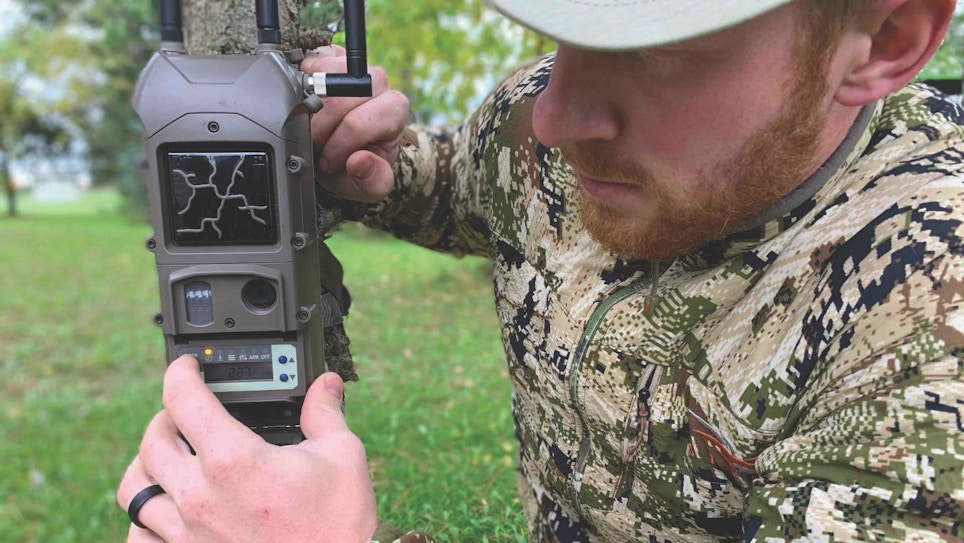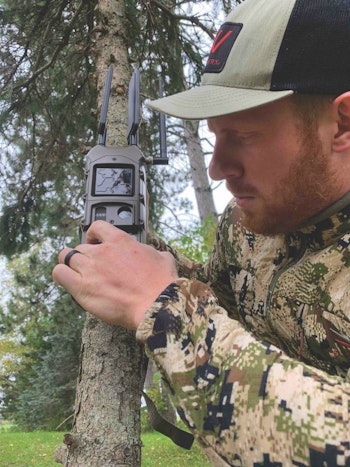Most whitetail hunters use or at some point have used trail cameras. Certainly, they can be useful tools. But, there are several points about conventional trail cams that can hurt your strategy rather than help it.
Cell cameras, I found after using them for the first time during fall 2019, solve most of the issues conventional systems pose. Yes, you pay for a plan, but it’s money well spent that takes your monitoring strategy to next-level status.
Let’s discuss three reasons cell cameras should be part of your whitetail program.
1. Reduce Intrusion
Obviously, checking cameras frequently keeps you informed to the whitetail happenings around your stands, but each field visit introduces human presence via sound and scent, even if you’re careful. This can alter deer patterns and movements, thereby hurting your chances for a big buck meeting.
Cell cameras such as Cuddeback’s CuddeLink Dual Cell alleviates this dilemma, and with the CuddeLink mesh network, you can connect 15 other Cuddeback trail cams and check only the home camera to obtain pictures from the remaining 15 units. This saves you a lot of time and cuts intrusion.
2. Get Pics Fast
You’ve probably heard the phrase “most recent information” or “MRI” used in the hunting world. This is an important part to using trail cameras to solve the whitetail puzzle. If a buck starts hitting scrapes during daylight for a couple consecutive days, but you don’t check your camera until a week later, you could easily miss your chance to exploit that buck’s new tendencies. With a cell-enabled camera, you get the information immediately and can craft hunting strategies around it — a massive advantage.
3. Monitor Theft and Trespassing
Unfortunately, some people bend and break rules. Most hunters are respectful to others’ belongings, but some aren’t. One example was when an acquaintance’s camera fired him a picture of a stranger stealing his camera. He immediately drove to the property and arrived at the parking area just as the thief was leaving the woods. A gentle confrontation ended as the camera owner instructed the man to take the camera back out and hang it on the exact tree he’d stolen it from. Had my acquaintance been using a conventional camera, he’d have gotten ripped off.
Photos by Darron McDougal







